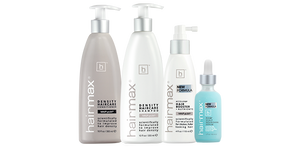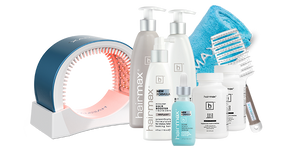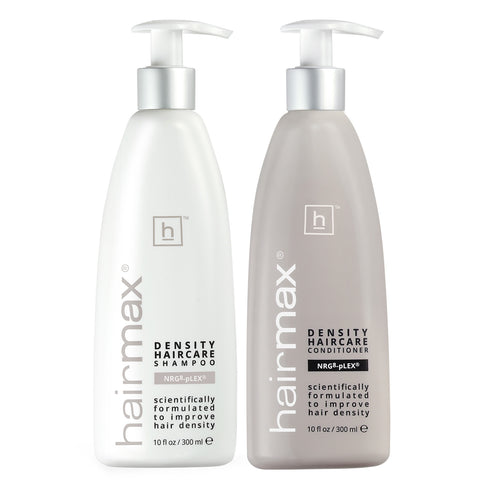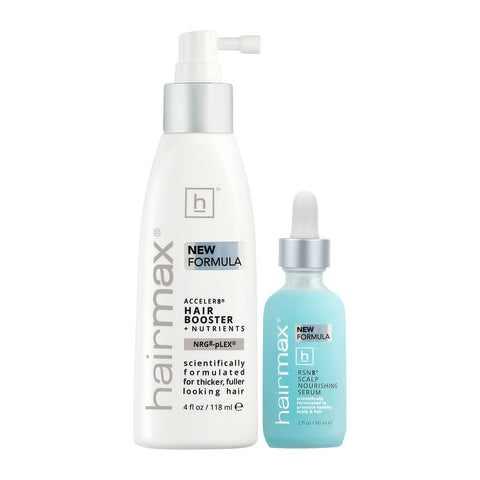It has been known since antiquity that sunlight has a beneficial effect in treating many skin diseases. Based on this knowledge, many medical devices using different sources of visible light have been developed in modern times, to treat a number of conditions of skin, hair and nails including treatments for hair falling out.

One of the more common disorders of the skin is psoriasis. This is a disorder that occurs on the surface of the skin, unlike disorders such as hair falling out which occurs at the follicular level. In very simplistic terms, when an individual has psoriasis, their skin sheds in about 5 days rather than the normal 20 day cycle. This leads to scaling and crusting on parts of the body and on the scalp, which also contributes to hair falling out. It is hard however, to treat hair falling out, since it is difficult to deliver light energy to a scalp that is obstructed by debris. Light sources for treatment include UVB which stands for ‘type B ultraviolet light’ which has been used since the 1920’s for treating psoriasis. Another light source is UVA, which stands for ‘type A ultraviolet light’. UVA is present in sun light, but acts differently than UVB and is also used to treat psoriasis and other skin conditions. The problem with administering UV light to people with psoriasis is that excess exposure can also lead to skin cancers, lax skin and other signs mimicking overexposure to sunlight. Psoriasis responds to ultraviolet light in UVA range when combined with a drug called psoralens which is taken 1 hour before treatment, and is used in a regimen known as PUVA.
What is ironic is that while sunlight/UVA can be beneficial in treating certain diseases, excess sunlight/UVA cause of hair falling out. The problem with administering UV light to people with psoriasis is that excess exposure can also lead to skin cancers, lax skin and other signs mimicking overexposure to sunlight.
Another disease that affects a small number of people is vitiligo and this, unlike hair falling out, is a disease that occurs on the surface of the skin. Vitiligo is simply an absent of pigment caused by damage to the cells that product color – melanocytes and shows on the skin as white spots. Treatment for vitiligo also utilizes PUVA as this helps stimulate the melanocytes to produce ‘tanning’ which somewhat fills in the white patches. However, the risks are the same when treating vitiligo with PUVA, and since vitiligo is not widespread all over the body, the risk to benefit of treating this disorder all over the body is poor. What is interesting is that in people with hair falling out, many times they have hair that has also lost pigment from the melanocytes, which is manifested by grey or white hair.
Other diseases such as eczema, nail fungus, mycosis fungoides, also are responsive to PUVA treatment. However, in recent years, laser light devices have been developed which offer much safer treatments for many skin diseases such as hair falling out, since no drugs are involved and they can better target the disease.
The excimer laser is a more recent introduction which delivers controlled beams of specific wave length of UVB to the skin. It is ideal for use on small patches of psoriasis, vitiligo, eczema and other diseases where whole body exposure is not necessary, which only magnifies the chances of side effects. Other lasers are being developed to treat disorders of the skin with more sophisticated lasers that eliminate exposure to drugs that affect the whole body rather than being targeted only to where treatment is needed.
In the early 2000’s, the HairMax LaserComb, laser phototherapy device was the first home-use product introduced, that successfully treated hair falling out without drugs. The device harnesses laser energy to deliver the light only to the hair follicles on the scalp. This eliminated the necessity of administering oral drugs to treat hair falling out on the scalp. The HairMax LaserComb has been proven in numerous clinical studies to be as effective or even better than oral drugs.
In conclusion, if you are suffering from skin diseases including hair falling out, you should investigate the use of light devices instead of drugs. The HairMax LaserComb is proven to work in clinical studies, with an excellent safety record unlike drugs. The HairMax and many of the other lasers and light devices being developed for the treatment of topical diseases, are the ‘wave of the future’ as they eliminate the use of a ‘cannon’ to treat diseases on a localized basis. In coming years, many more light devices including home-use devices, will be introduced, which will offer a broader range of effective treatments with good safety profiles.










